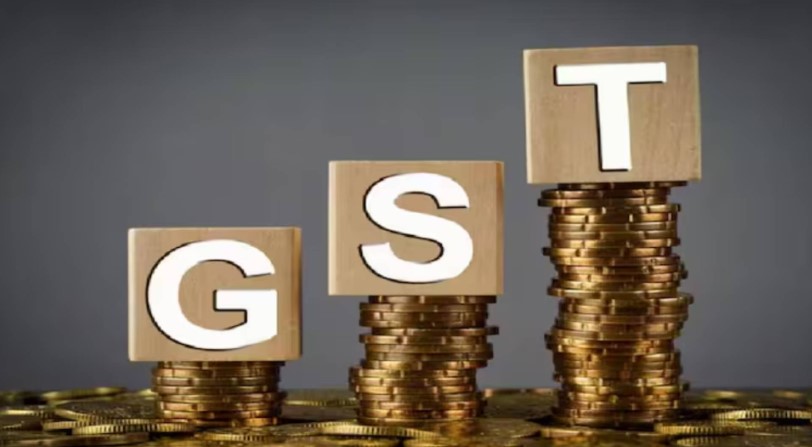
What is the meaning of GST data as informal information?
- October 10, 2024
- 0
The total collection of Goods and Services Tax (GST) in June 2024 was Rs 1.74 lakh crore, but this tax collection data was told to the reporters informally. It will be released like this from now on. At a time when transparency and timely release of information has become important, only time will tell how far it is right to reject a routine process.
It is true that the GST system still needs some improvement to be successful. But it serves as a high indicator for many stakeholders. Many analysts, including financial market analysts and investors, keep a regular eye on them. Since official figures like GDP are released after a lag, GST collection helps in giving a comprehensive understanding of how the economy is performing.
Interestingly, one of the reasons cited for stopping press releases is that it creates an impression that the government is collecting too much tax.
However, gross GST collection is not that of the central government alone. States also have a share in it. It also includes the collection of compensation cess which is used to repay the loan that was taken to overcome the revenue shortfall of the states during the pandemic.
Most importantly, the GST system has lagged behind in terms of revenue collection. In the last financial year, GST collection after refunds was equal to 6.1 per cent of GDP, whereas in 2016-17, taxes included in GST had earned tax equivalent to about 6.3 per cent of GDP. It is also worth noting that gross collection includes compensation cess which was to end after five years. The government is collecting less tax than before GST.
In such a situation, there is a need for important reforms in the GST system at this time. Improving its rates and slabs may help in improving tax collection. The immediate focus of the government should be to work with the states and improve the GST system. If there is genuine discomfort among the general public about GST, then the government should work improving communication.
👇 Please Note 👇
Thank you for reading our article!
If you don’t received industries updates, News & our daily articles
please Whatsapp your Wapp No. or V Card on 8278298592, your number will be added in our broadcasting list.



































































